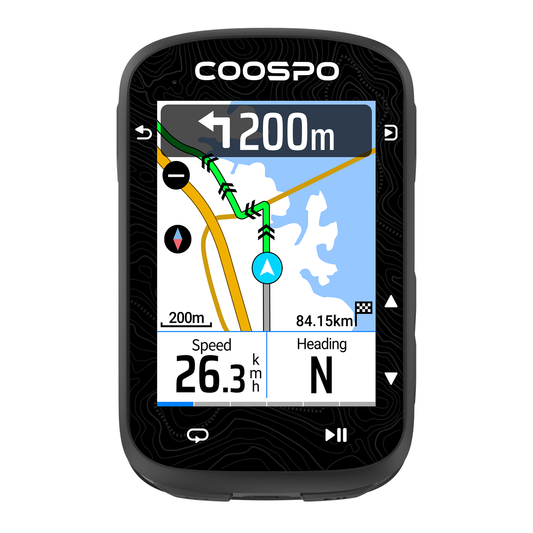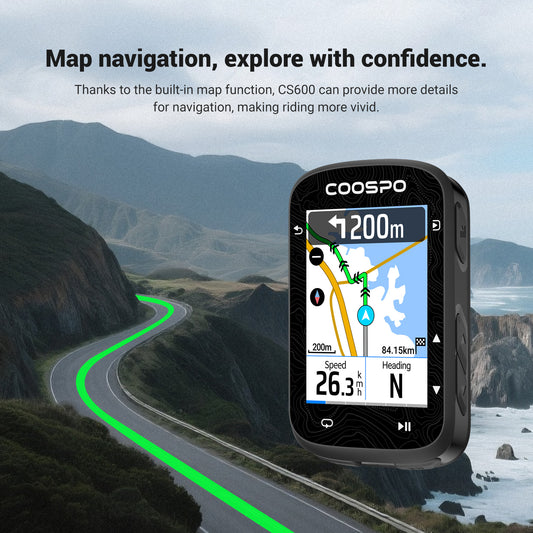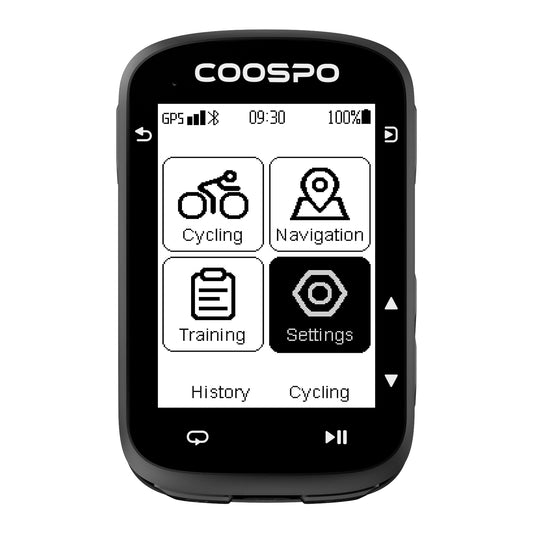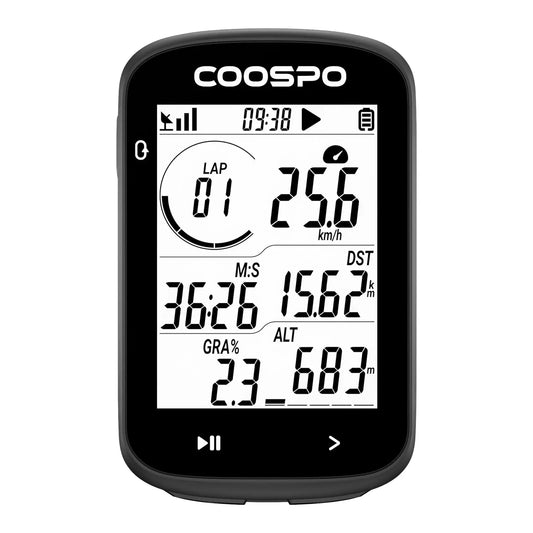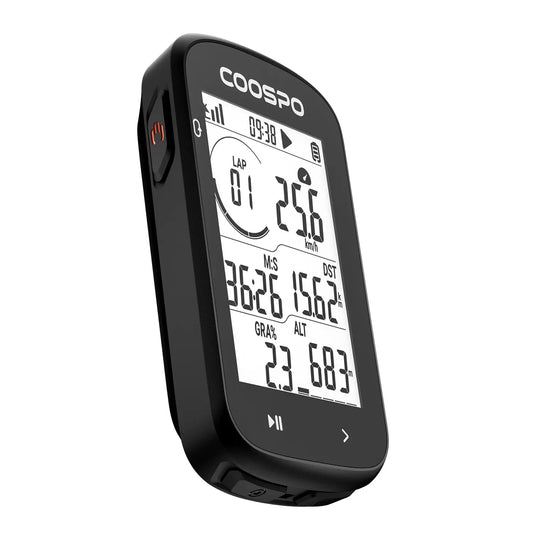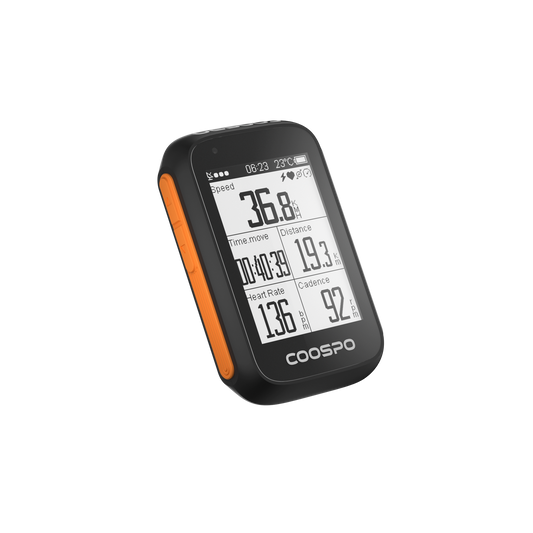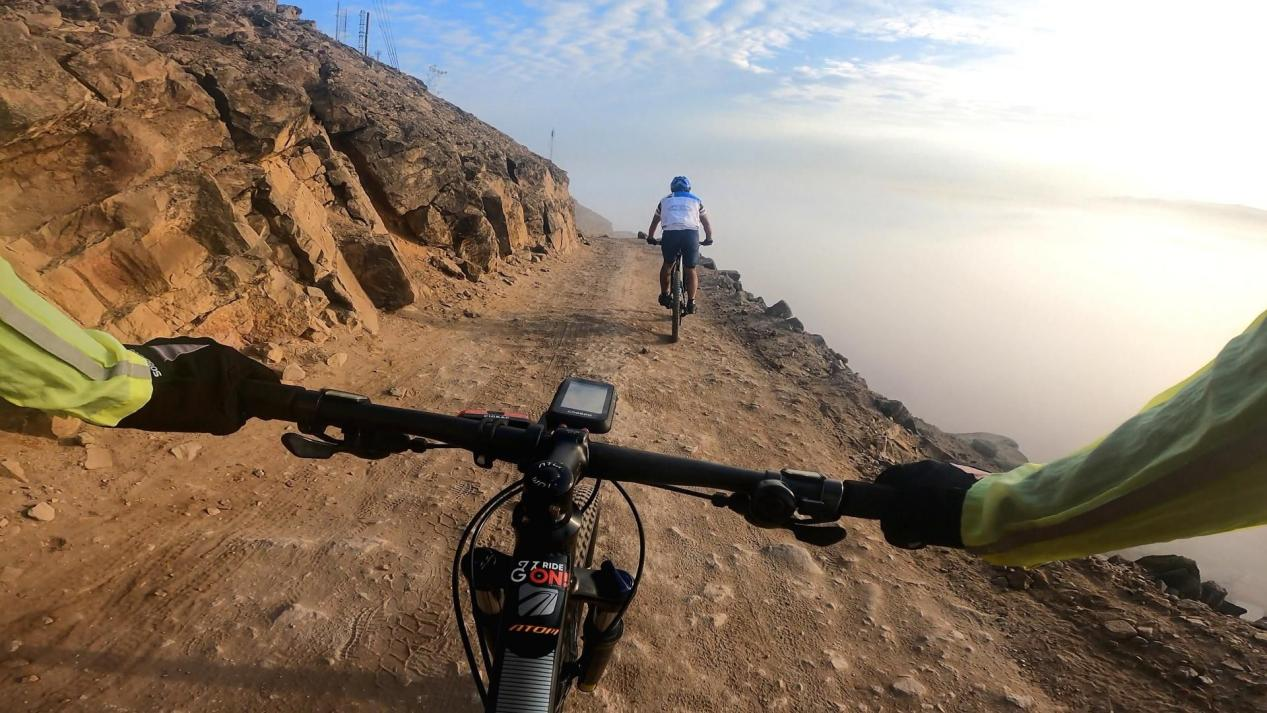Running at Night: Simple Safety Tips You Need
For many runners, nighttime is the best time to fit in a workout. Whether it’s because of a busy schedule or a love for the cool night air, running at night can be peaceful and refreshing. However, it can also be riskier, especially regarding visibility and traffic. Luckily, with the right preparation and safety measures, you can enjoy your night runs safely. Here are some top tips for running after dark, backed by experts.
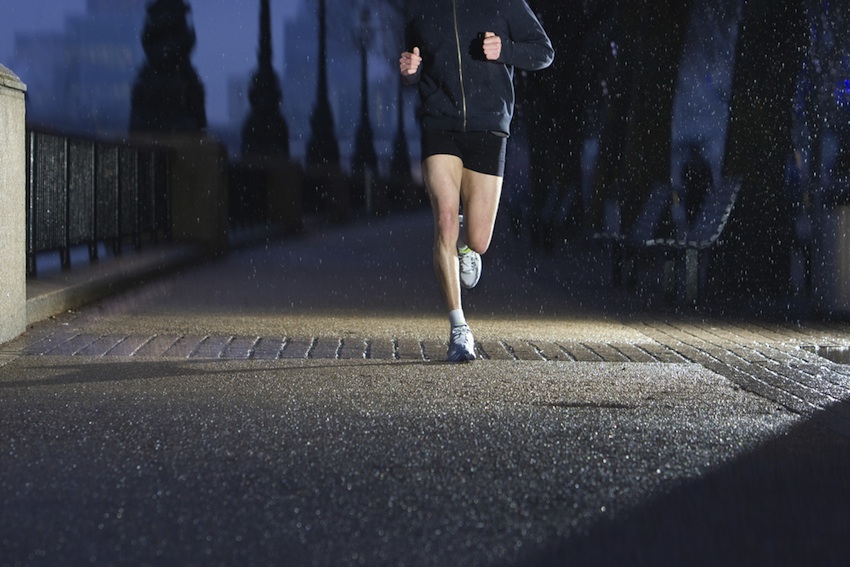
Running at night can be tough, especially for beginners. Many people worry about their safety during these runs. It’s important to be careful and only go out at night when you feel safe and ready.
Gear Up to See and Be Seen
Nighttime running presents a unique challenge: low visibility for both you and drivers. Making yourself visible is not just a good idea—it's essential.
Wear a Headlamp
Regular runners are good at noticing small changes in the ground and adjusting their steps to dodge hazards. Using a bright headlamp or a handheld flashlight can help you see better at night and avoid dangers. Don’t just depend on streetlights; that limits where you can run and leaves you in the dark in areas without good lighting or where the lights are broken.
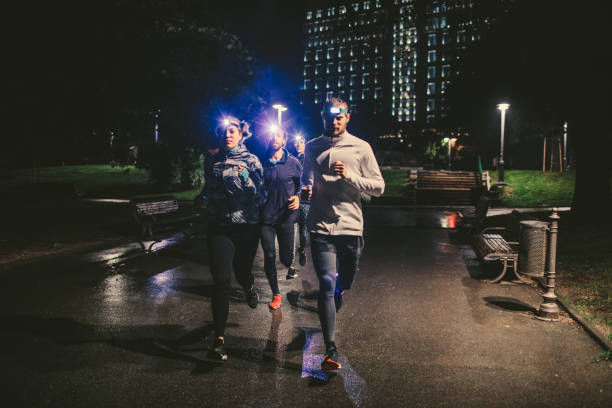
Look for a headlamp with at least 100 lumens for urban runs, and up to 300 lumens if you're on darker, rural trails. Some runners also prefer chest-mounted lights for a more stable beam.
Wear Reflective Clothing and Safety Lights
Reflective gear significantly increases your visibility. The National Highway Traffic Safety Administration (NHTSA) reports that pedestrian fatalities are highest between 6 p.m. and 9 p.m. and that wearing reflective materials can reduce the risk of accidents by up to 85%.
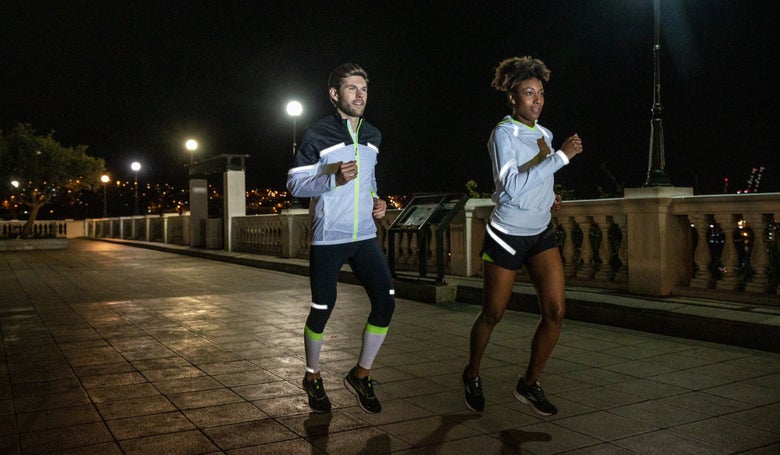
To ensure that drivers cannot overlook your presence, consider donning the following safety attire:
- Running garments that incorporate reflective fabrics or trims.
- A reflective vest, along with clip-on reflectors or armbands for added visibility.
- Flashing safety lights to enhance your visibility further.
When it comes to safety wear, remember that more is always preferable. At a minimum, you should guarantee that a vehicle approaching from any direction can readily detect your reflective elements or safety lights.
Pay attention to how much reflectiveness is on your clothes. If you only have a small logo or a little bit of trim, add a safety vest and more reflectors. It's also a good idea to attach flashing safety lights, as blinking lights are easier to see than static reflectors.
Be Wary of Traffic
Running in the dark usually means being on the road with cars, and drivers might not be ready to see people walking.
Exercise vigilant awareness at every street crossing: While it may seem fundamental, do not depend on the assumption that motorists will notice you or yield the right-of-way.
Be mindful of drivers running red lights: Driving at night can make some drivers less careful. A 2020 study by the Insurance Institute for Highway Safety (IIHS) found that red-light violations increase after sunset. Always take a pause, even when the pedestrian signal says it's safe to walk, to make sure that cars have completely stopped.
Stay safe when crossing in front of a car: Avoid the impulse to dart out in front of a vehicle. Instead, ensure that it has come to a complete stop before proceeding, particularly at poorly lit intersections.
Be extra careful during late-night and early morning hours: There are often more tired or distracted drivers at these times, and people may be in a hurry in the early morning, which can make them less focused.
Always make eye contact with drivers: Establishing eye contact serves as a reliable indicator that the driver is aware of your presence. If you are unable to make eye contact, operate under the assumption that you may not be seen, and adjust your actions accordingly.
Plan Your Route Ahead of Time
Some runners have favorite paths they like to use regularly. However, it's better not to depend on just one route. Trying different routes can improve your fitness.
Don’t change your running route at night. Stay in well-lit, familiar places with sidewalks. Avoid taking shortcuts through dark parks or alleys. If you go to a new area, tell someone your route and when you expect to be back.
Apps like Strava and Map My Run help you find and preview running routes, including popular paths for night running that many people use. To discover more route ideas and learn about the safety of new running areas, it's a good idea to talk to friends, local running clubs, or running shops nearby.
Scout Your Route Ahead of Time
If you want to try a new route at night, it's a good idea to check it out during the day first. Look for any dangers like broken pavement or busy roads. Be careful of hidden steps or small changes in height between the path and the ground, as these can cause ankle injuries. Areas that are blocked off for construction can be hard to see at night, so be extra cautious.
Make a note of where there are street lights, emergency call boxes, or stores that are open late in case you need help.
Some runners record a video or voice note while walking the route so they can review it later and make changes.
Bring a Friend and Safety Essentials
Running with a partner might be a great way to share the fun of the run, but it's also a great way to increase your margin of safety. A companion can get aid if you have a mishap and can help deter bad actors.
These additional safety precautions are also worth considering for night (and day) running:
- Carry your cell phone so you can easily call for help; you can also use a tracking app to share your location with nearby family and friends.
- Carry your ID can provide vital stats to first responders and e-crumb trails to trusted friends.
- Think about carrying mace or pepper spray and/or another handheld protective device.
- Ditch the headphones. At night when vision is dimmed you'll be relying more heavily on hearing to maintain awareness of your surroundings.
And if you're training with purpose, a heart rate monitor becomes a must-have tool. A reliable monitor like the Coospo heart rate monitor gives you real-time data to help you stay in your optimal zone—whether you're working on endurance, fat-burning, or recovery. Plus, it pairs easily with your favorite running apps and watches, making it ideal for structured night runs.

Running at night is a lot like other outdoor activities. If you plan ahead and take some safety measures, you'll be ready to go and can enjoy your run with more confidence. Soon enough, you'll be hitting your stride!



